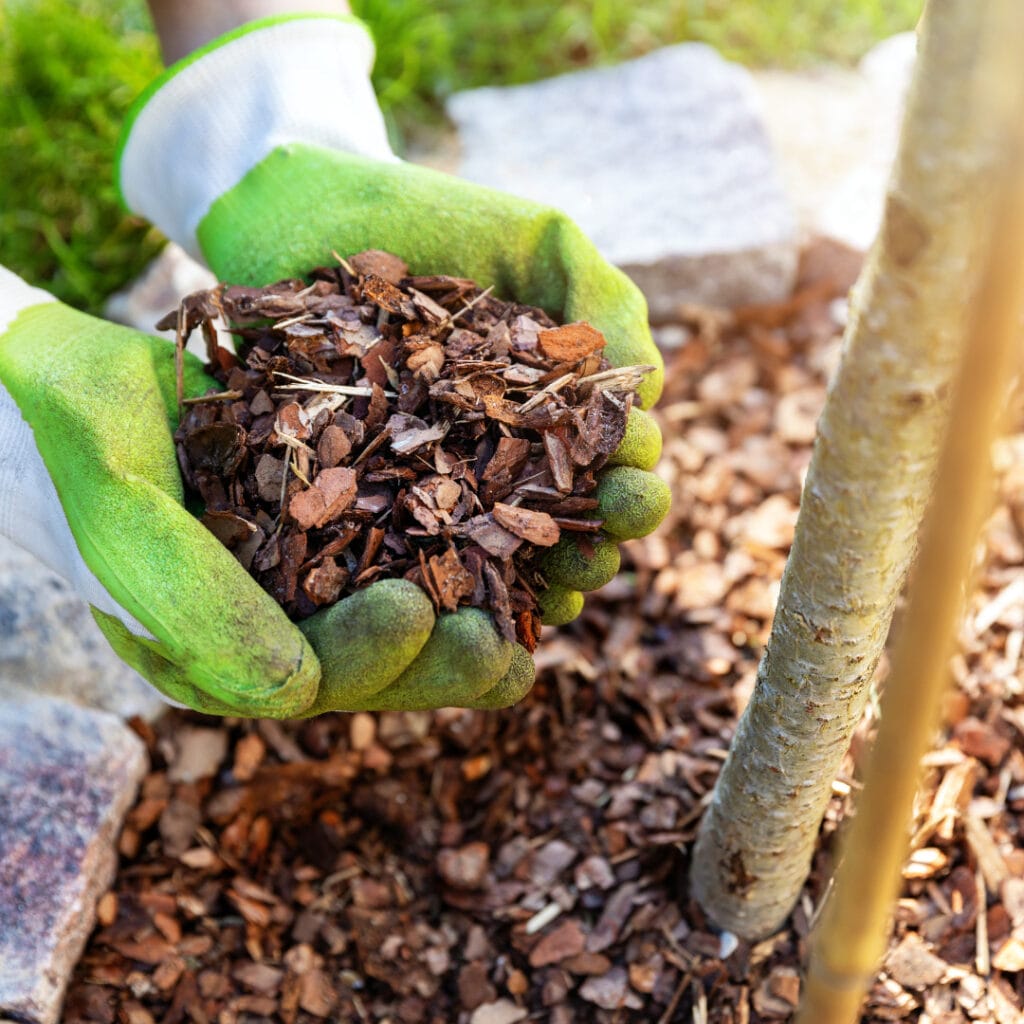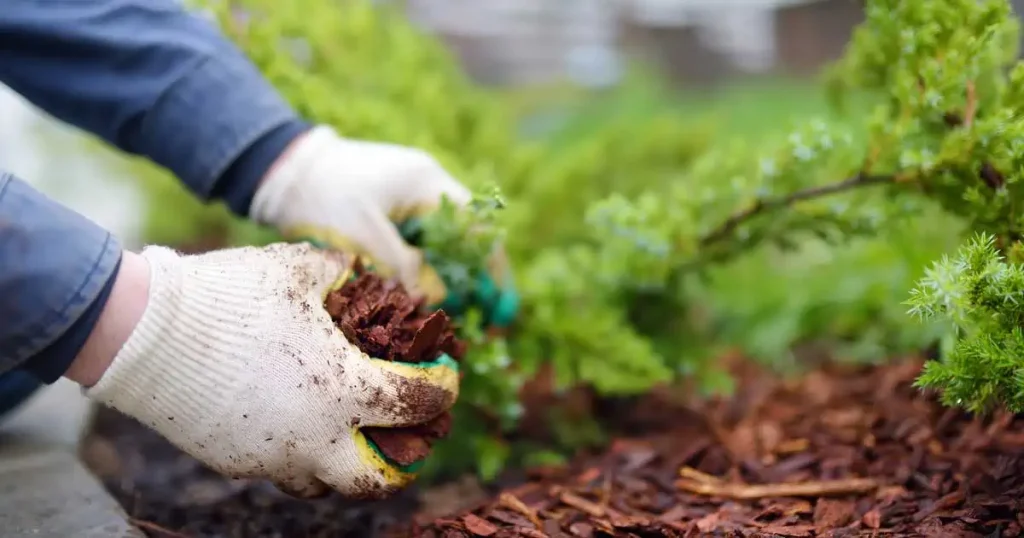How to Use Mulch to Keep Your Yard Cool and Moisturized
By Innovation Grounds
When the summer heat hits, keeping your yard healthy can feel like a constant battle. Dry soil, wilting plants, and overheated lawns are all common issues. Fortunately, there’s an easy, affordable, and eco-friendly solution—mulch. In this guide, you’ll learn how to use mulch to keep your yard cool and moisturized, protect your plants, and boost your garden’s overall health.
What Is Mulch and Why Is It Important?
Mulch is any material placed on the surface of the soil to protect it from the elements. It serves multiple purposes, including:
Reducing evaporation, keeping soil moist for longer
Regulating soil temperature
Suppressing weed growth
Improving soil health over time
Whether you’re dealing with extreme heat or simply want a low-maintenance yard, mulch is your best friend.
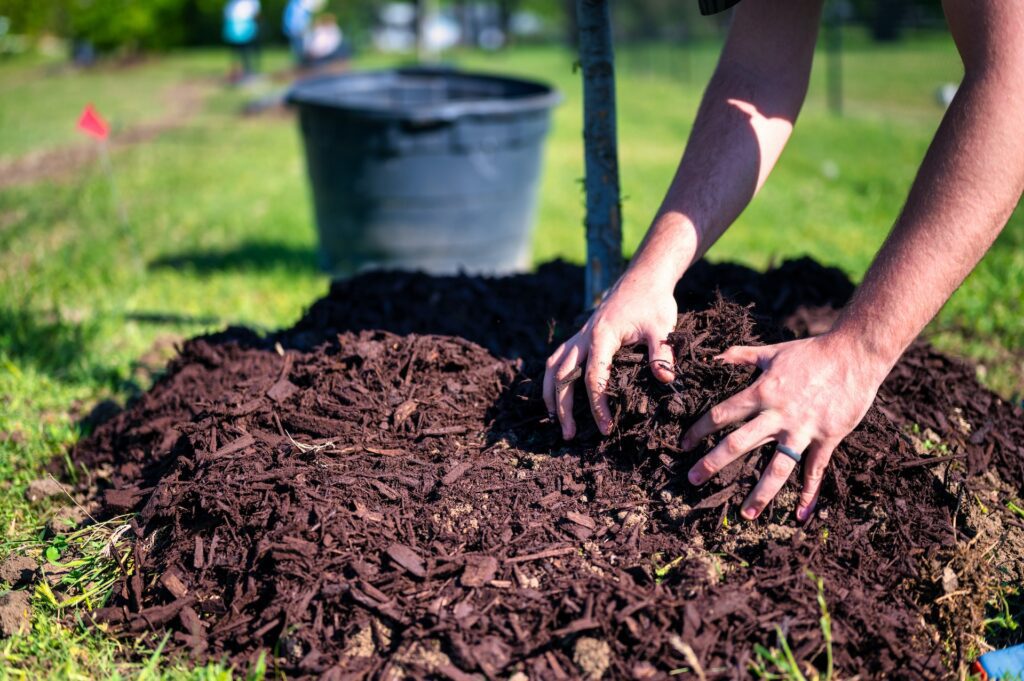
Best Types of Mulch to Keep Your Yard Cool
Not all mulch is created equal. When your goal is to retain moisture and cool the soil, organic mulch options are typically the most effective. Here are a few of the best choices:
1. Wood Chips or Bark Mulch
Wood chips are popular for a reason. They’re attractive, break down slowly, and provide excellent temperature regulation. Just be sure not to pile them too close to plant stems.
2. Straw or Hay
Ideal for vegetable gardens, straw helps retain moisture and keeps the soil temperature more consistent, making it a great seasonal option.
3. Compost
Though more nutrient-dense than other types, compost doubles as mulch and a fertilizer. It’s great for flower beds or areas needing a soil boost.
4. Grass Clippings
Recycling your lawn clippings can help insulate your soil and retain moisture. Just make sure they’re dry before using them as mulch to avoid matting.

How Mulch Helps Keep Soil Moisturized
One of the primary reasons gardeners and landscapers love mulch is its ability to retain water. Here’s how:
Reduces evaporation: By blocking direct sunlight, mulch prevents water from quickly evaporating from the soil.
Improves water absorption: Mulch slows down water runoff, allowing moisture to seep deeper into the soil.
Keeps soil cooler: Mulch acts as a natural insulator, reducing surface temperatures and minimizing water loss.
By applying the right kind of mulch in the correct way, you can significantly reduce how often you need to water your garden—a major win in drought-prone or hot regions.
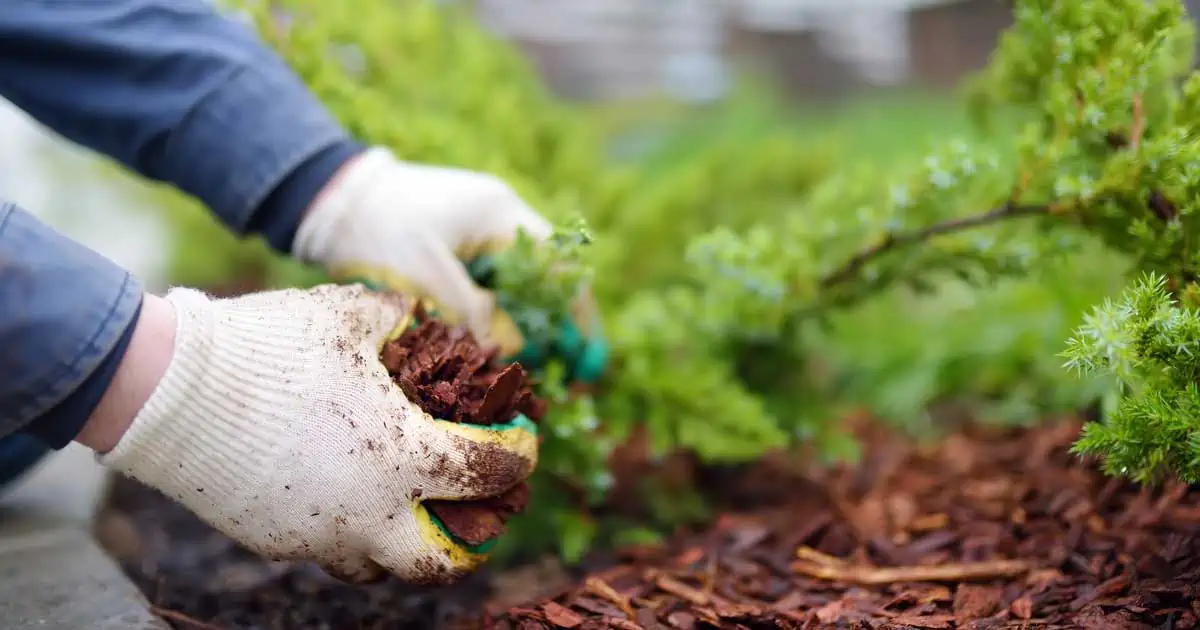
How to Apply Mulch Correctly
For mulch to be effective, it needs to be applied correctly. Follow these steps for best results:
1. Clear the Area
Remove weeds and any debris from the soil. You want to lay mulch on clean, moist ground.
2. Water the Soil
Before applying mulch, make sure the soil is adequately watered. Mulch will trap in this moisture.
3. Apply 2–4 Inches of Mulch
Spread an even layer of mulch, about 2 to 4 inches thick. Too thin, and it won’t retain moisture; too thick, and it can prevent air from reaching plant roots.
4. Keep Mulch Away from Stems
Avoid placing mulch directly against plant stems or tree trunks to prevent rot and pest issues.
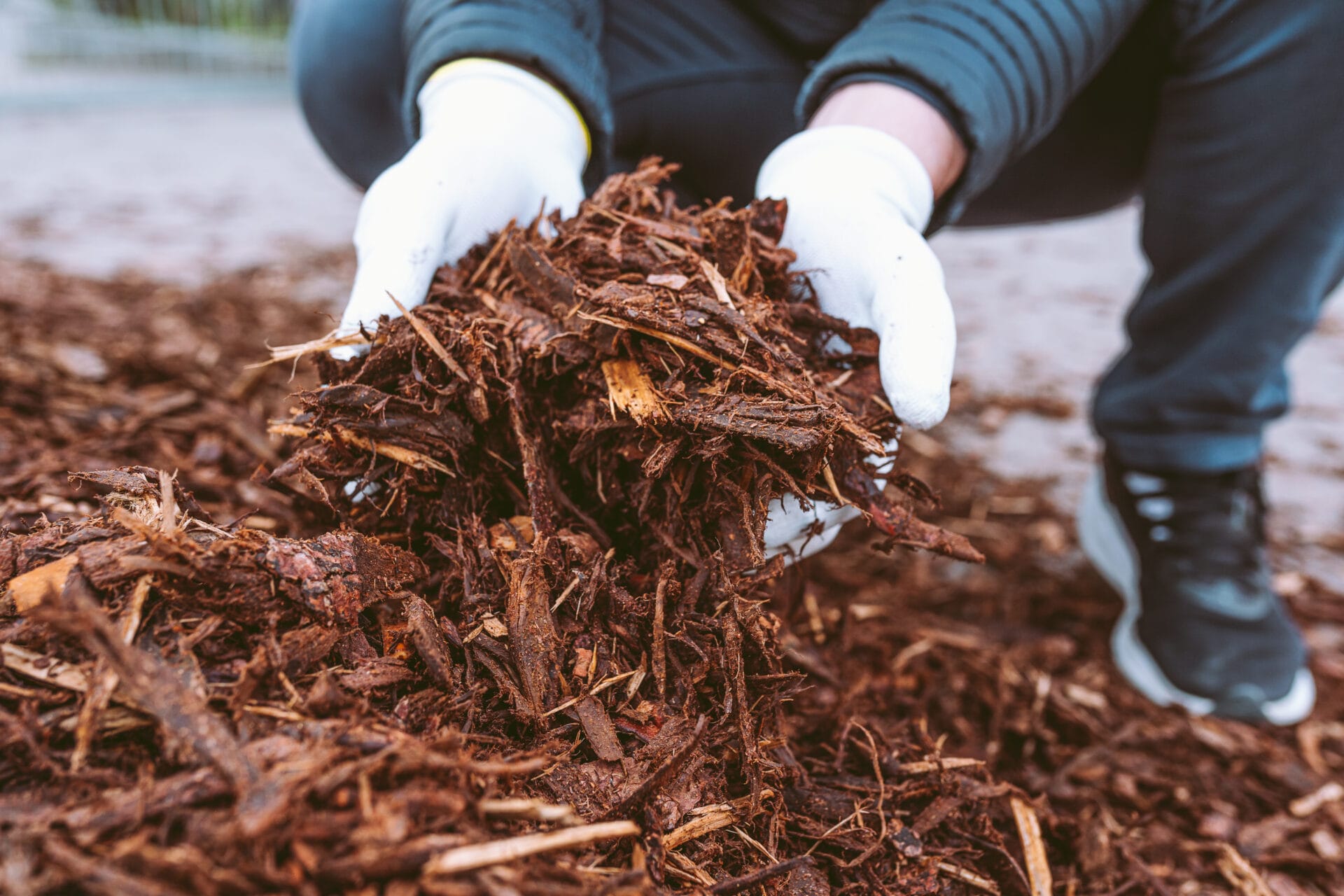
When Is the Best Time to Mulch?
The best time to apply mulch is in late spring or early summer, just as the weather begins to heat up. Applying it early locks in spring moisture and prepares your yard for summer stress.
You can also apply mulch in the fall to protect plant roots from winter freezes and to give your soil a nutrient boost as the mulch breaks down.

Bonus Tips for Mulching Success
Refresh mulch annually to maintain optimal thickness and appearance.
Use a mulch calculator to avoid overbuying or underestimating your needs.
Consider natural edging to keep mulch in place and improve aesthetics.
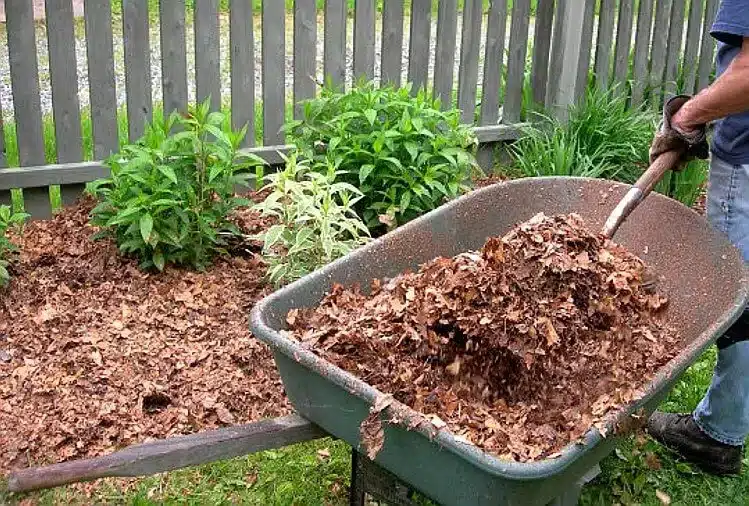
Final Thoughts: Keep Your Yard Cool and Moist with Mulch
Using mulch is one of the simplest yet most effective ways to protect your garden from heat stress. Whether you’re looking to conserve water, reduce weeds, or cool the soil, mulch is your go-to solution. With the right materials and proper application, you’ll enjoy a lush, vibrant yard all summer long—without breaking a sweat or your watering budget.
